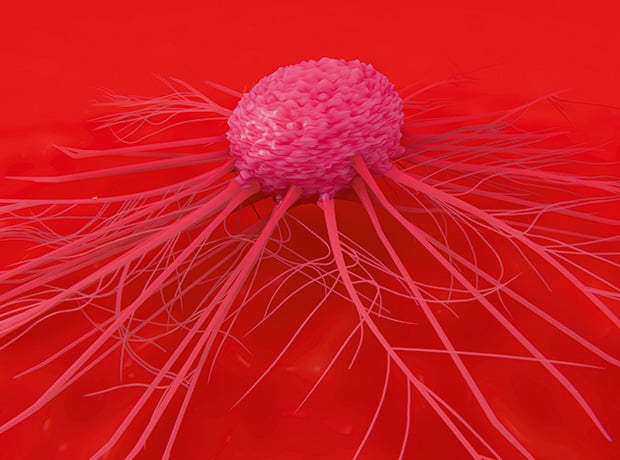MRC grants researcher £1.2m to further understand complex secretory processes

The research will help to better understand how this pathway is coordinated in the cell
The Medical Research Council (MRC) has awarded £1.2m to Giulia Zanetti, head of the Membrane Architecture Laboratory at the Francis Crick Institute, University College London and Birkbeck College, to understand complex secretory processes inside animal cells.
Using advanced microscopy techniques, the research will help to visualise how cells deliver large proteins to the correct location and help to better understand diseases that involve problems in transporting these proteins.
For animals to deliver proteins to the correct location in or outside of the cell, secretory pathways are used to secrete large proteins to the extracellular matrix (ECM) which creates the connective tissue around cells.
In developmental conditions such as chondrodysplasias, a condition characterised by faulty skeletal development, and diseases such as tissue fibrosis, resulting from excessive secretion of collagen in the ECM during wound healing, the secretary pathway is disrupted.
Collagen is the main structural protein in the extracellular matrix of a body’s various connective tissues and is recognised as the most abundant protein in mammals.
In an effort to understand how this pathway is coordinated in the cell, Zanetti’s lab aims to use advanced light and electron microscopes to determine how a group of proteins known as coat protein complex II (COPII) helps to package other proteins into carriers to reach their destination in or outside the cell.
Overall, the researchers aim to understand how COPII adapts and regulates transport based on cargo load and size to shed light on how large and abundant cargo such as collagens are secreted.
Zanetti commented: “I am thrilled to be awarded such a significant contribution from the MRC to support the lab’s secondment at the Crick.
“We are particularly excited to collaborate with the structural biology team at the Crick to use state-of-the-art equipment to answer very fundamental biological questions. We will now be able to cut thin windows into cells and see, at high levels of detail, what we could not see before.”







